Gallery
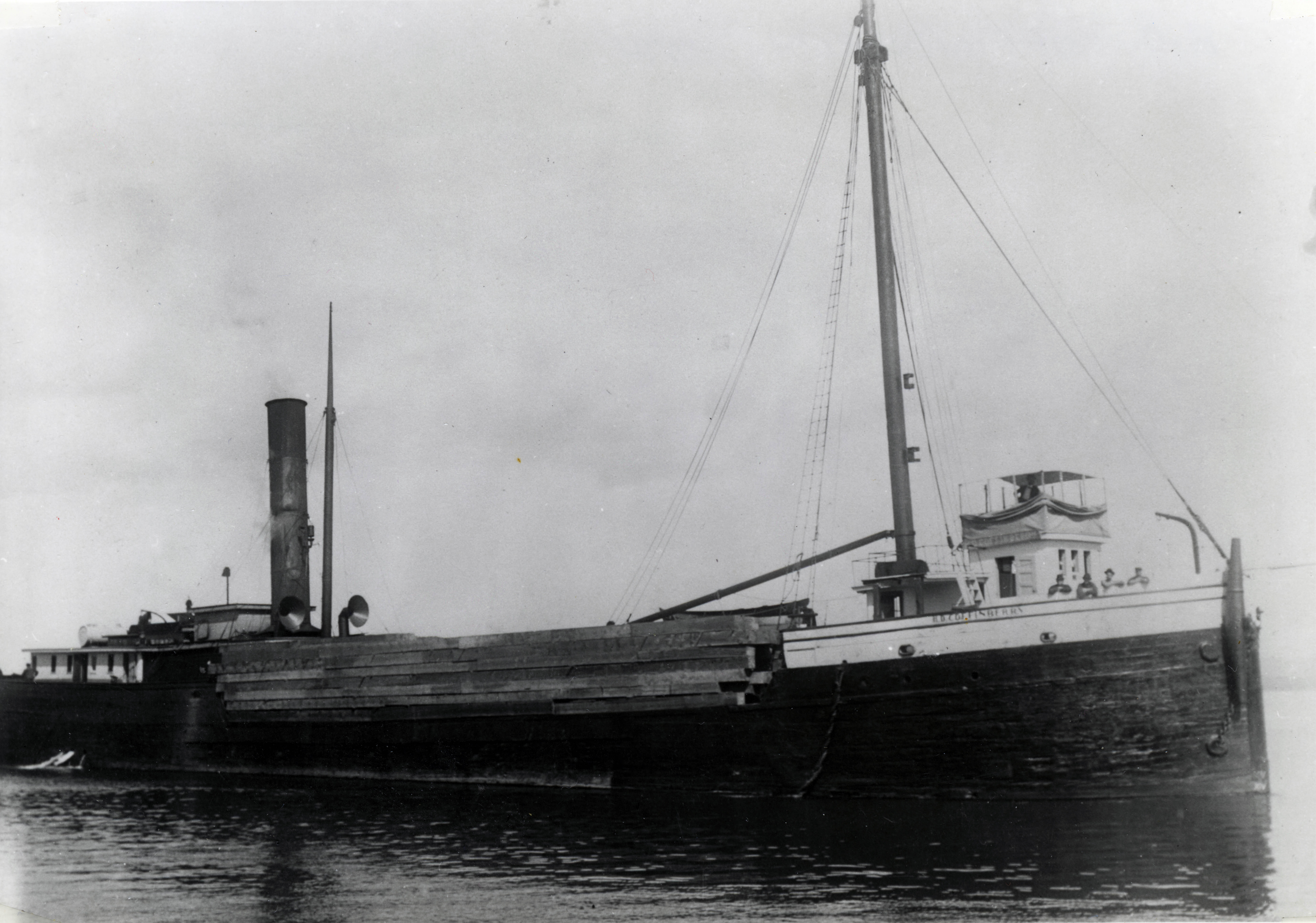
The H.D. Coffinberry Underway.
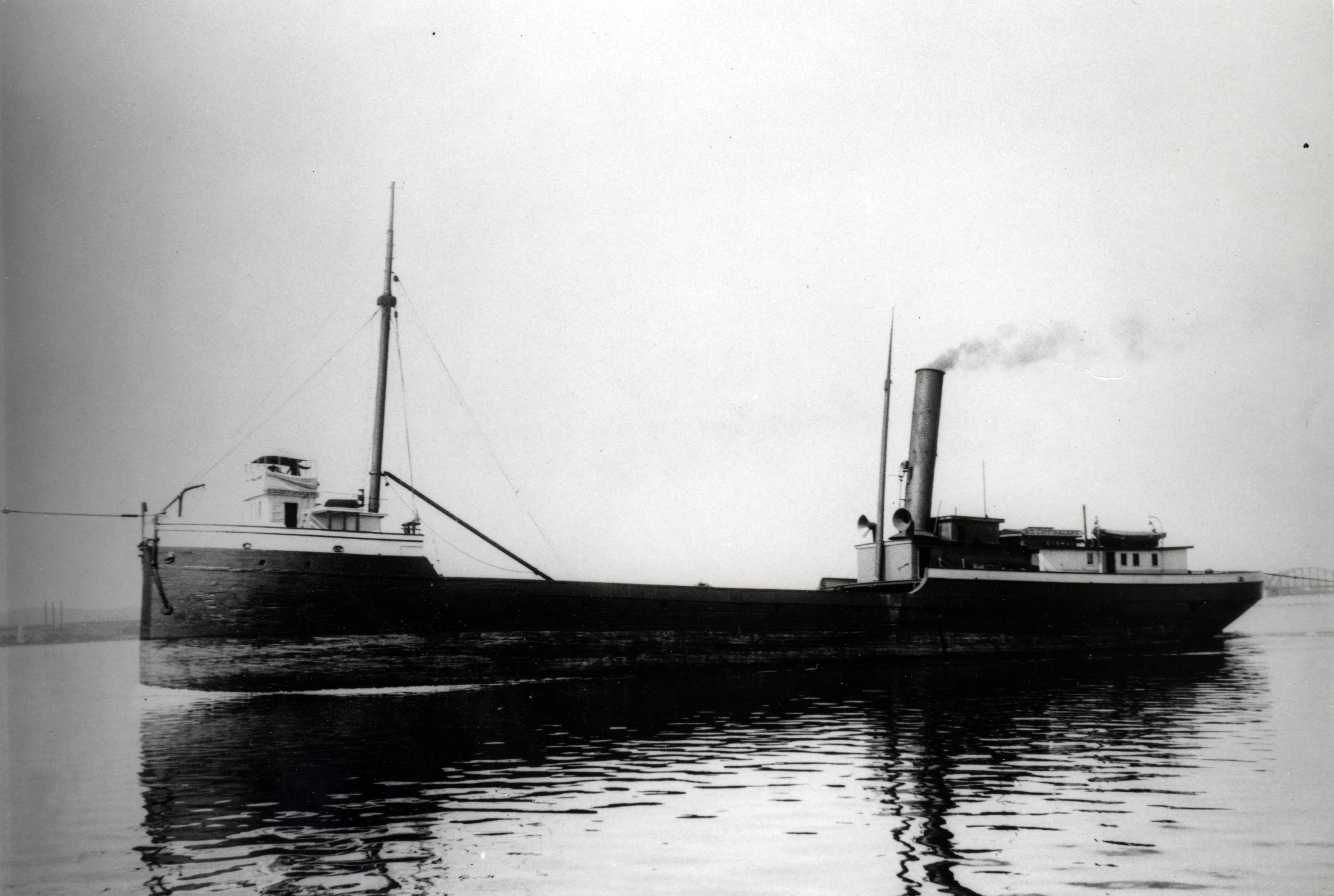
The H.D. Coffinberry Running Light.
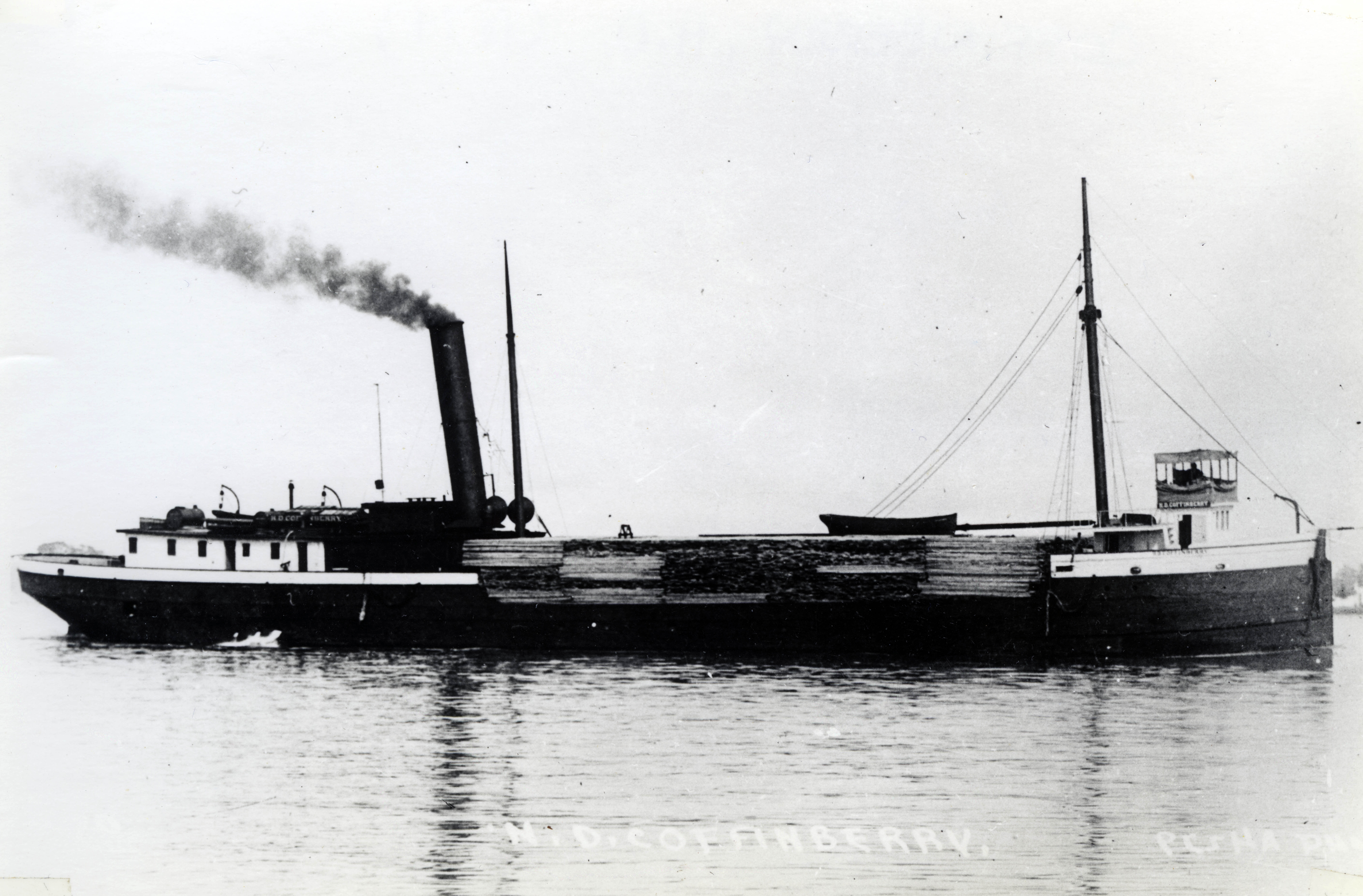
The H.D. Coffinberry Loaded with Lumber.
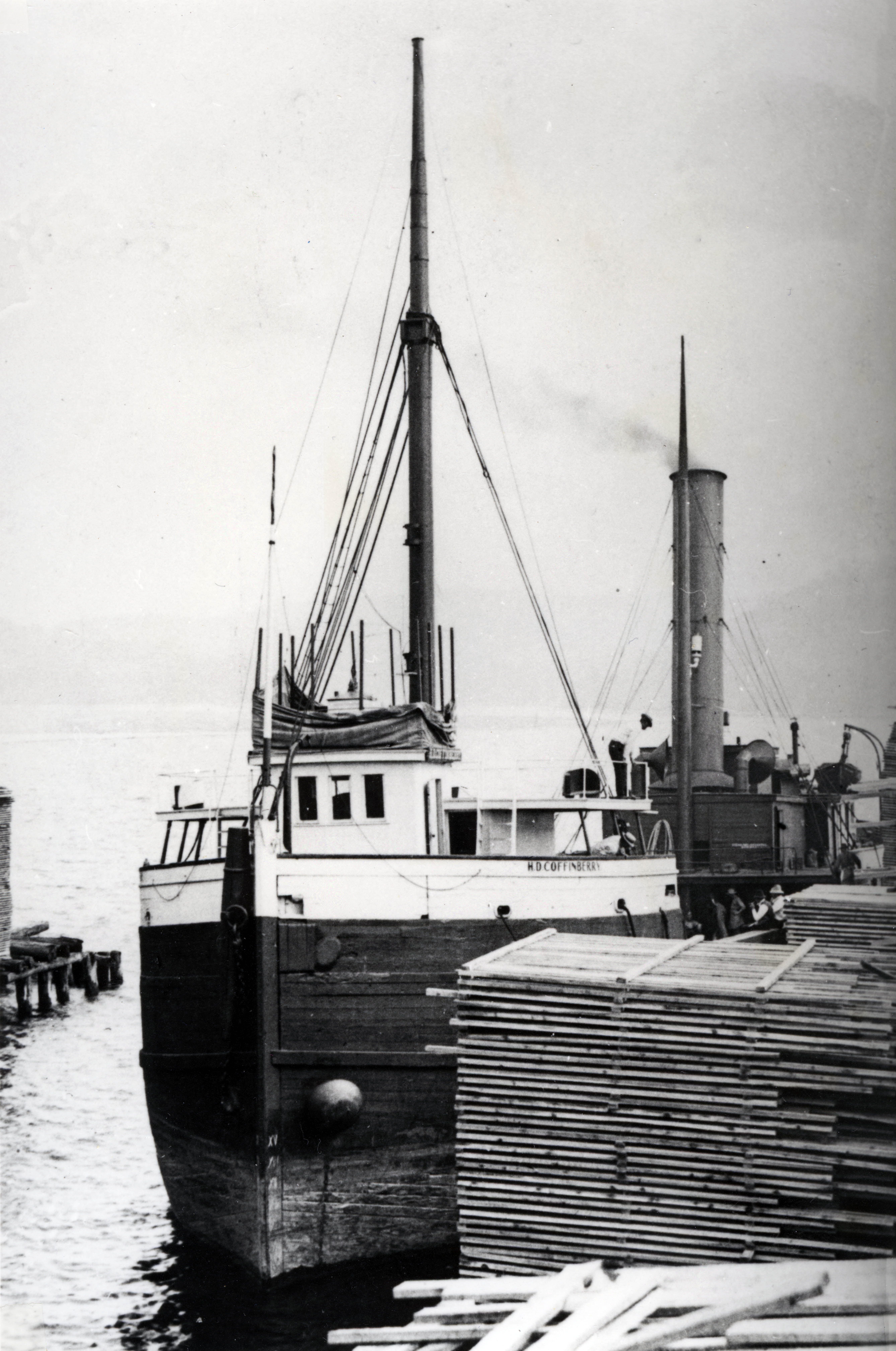
H.D. Coffinberry Being Loaded with Lumber.
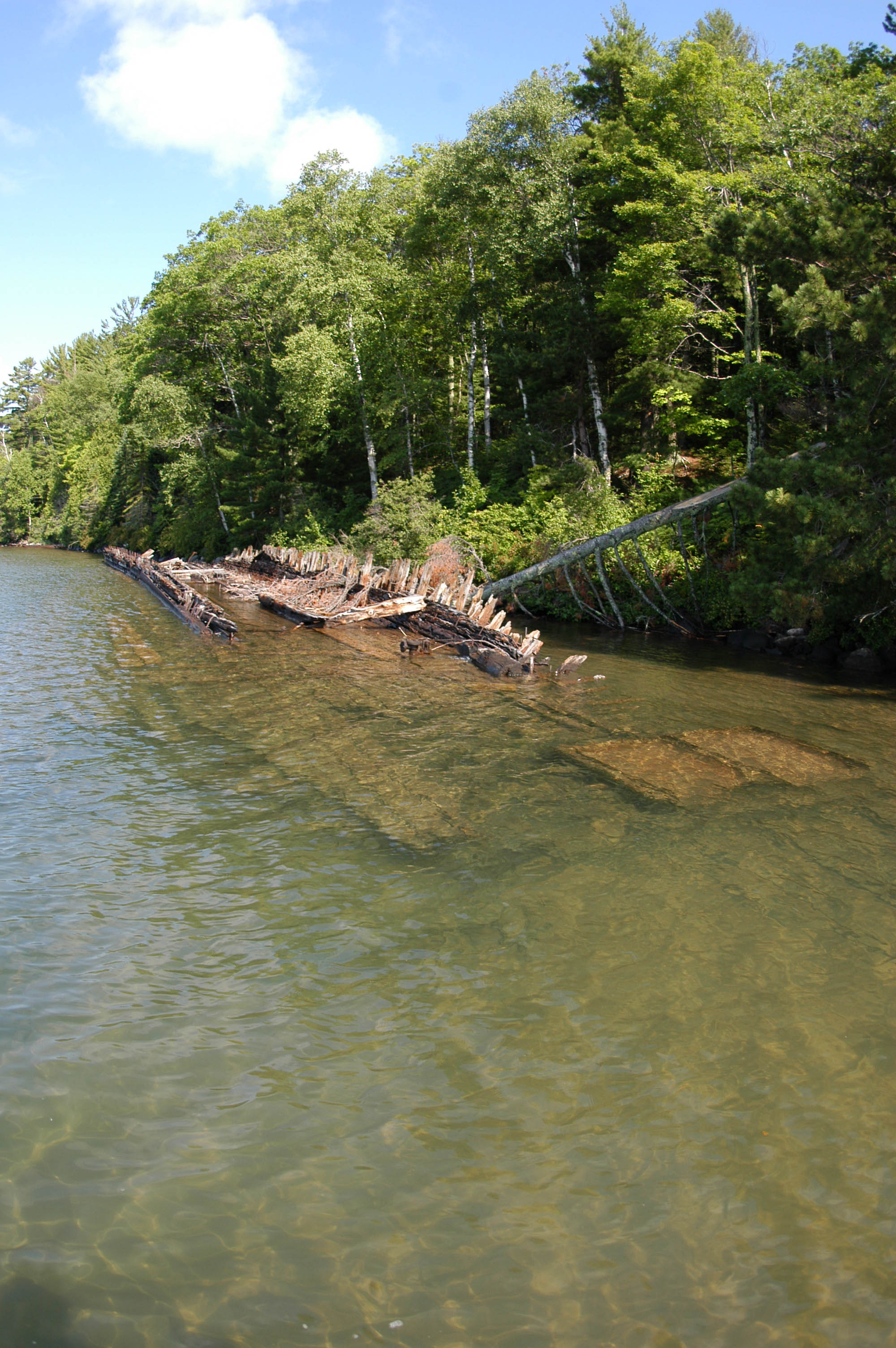
The Wreck of the H.D. Coffinberry
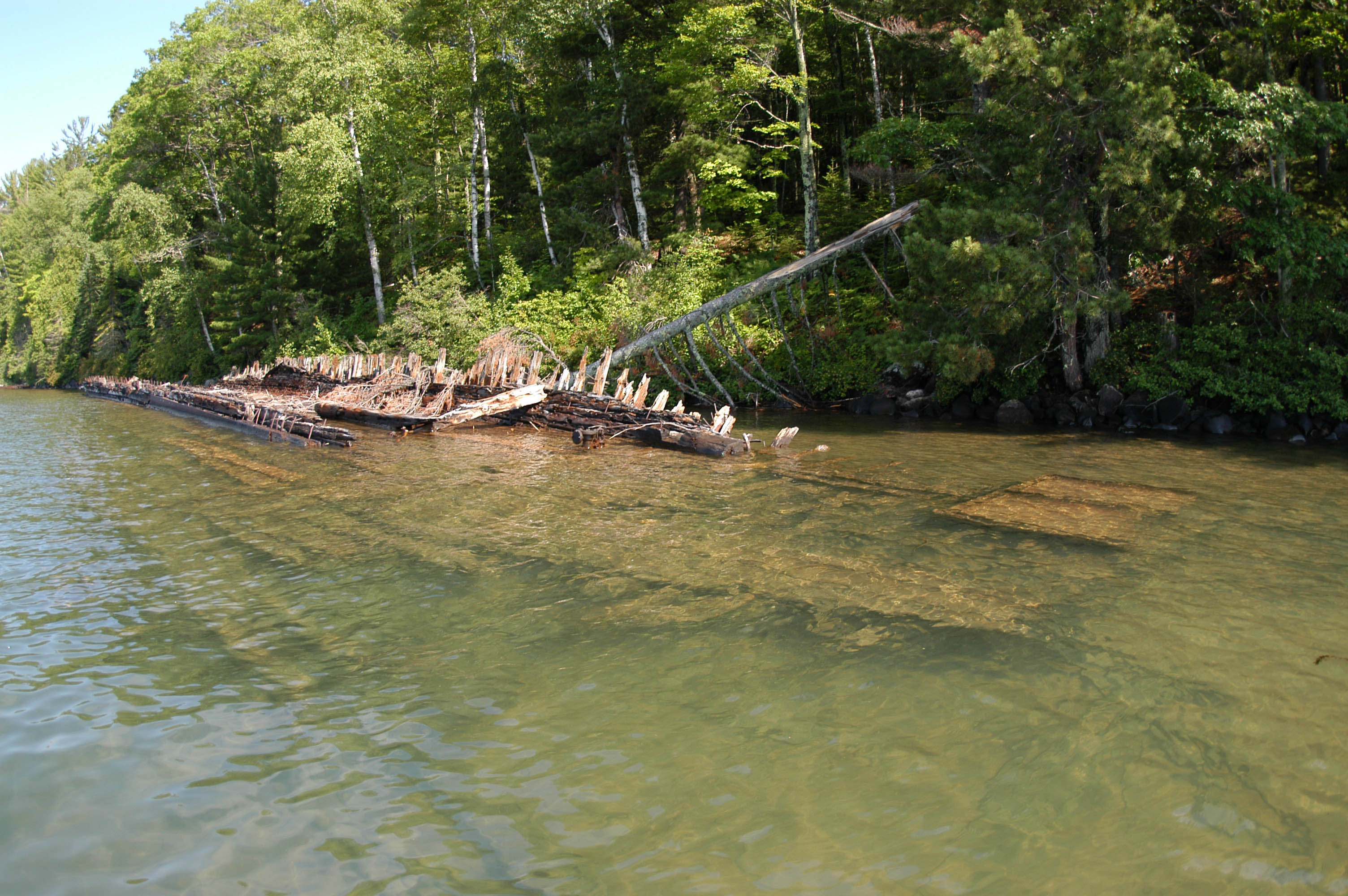
Partially Submerged Remains of the H.D. Coffinberry.
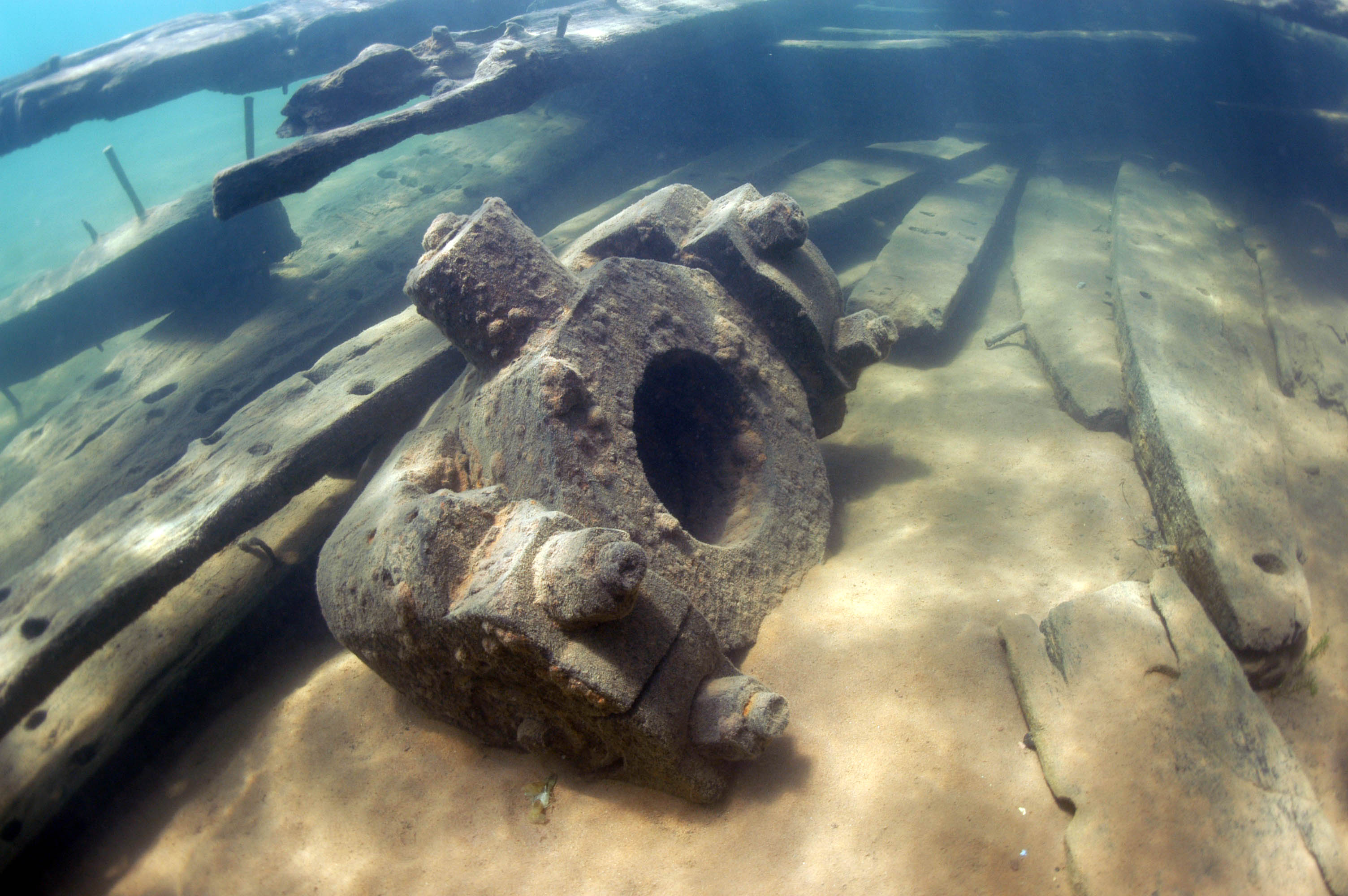
Machinery Aboard the Wreck.
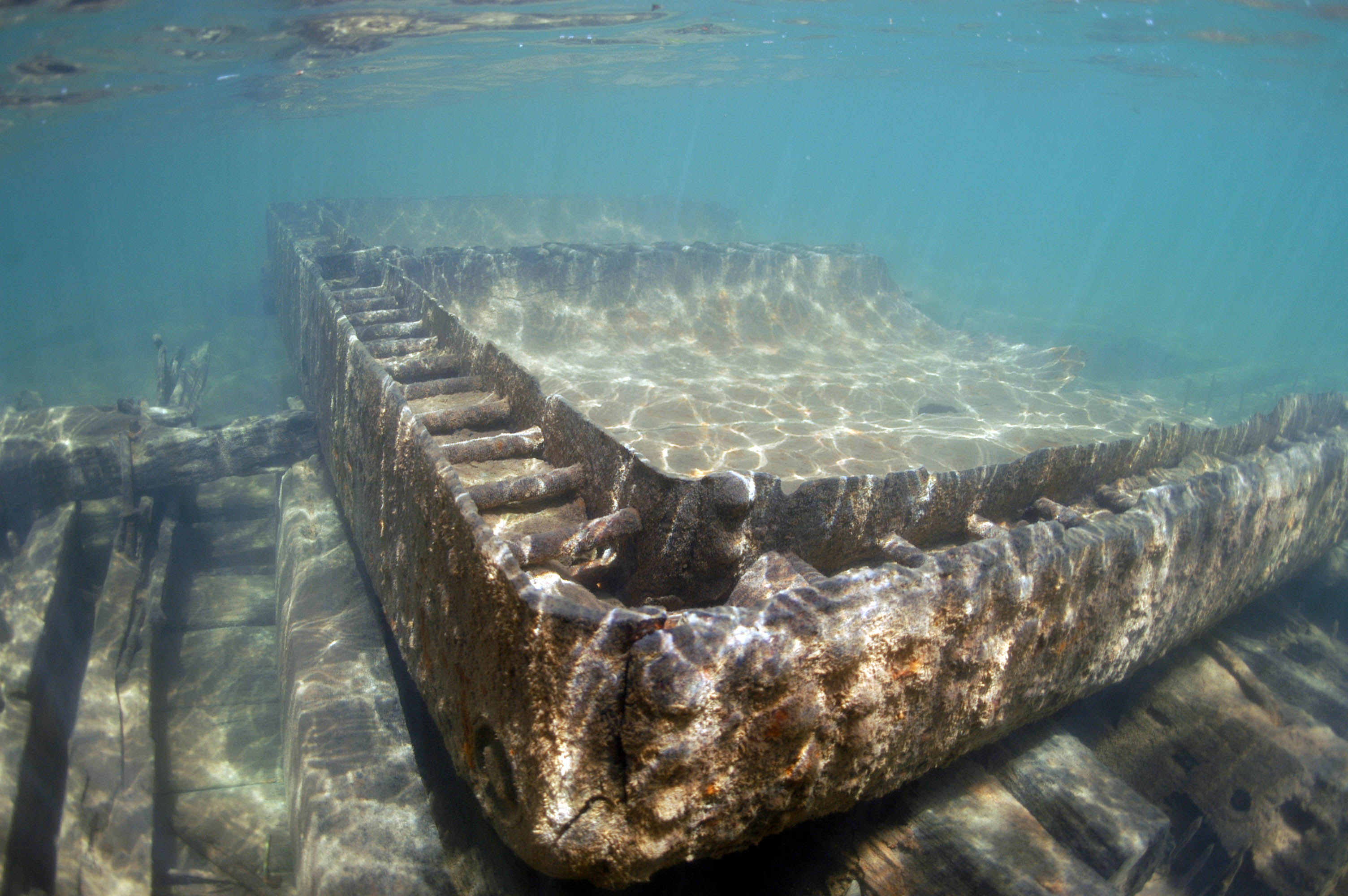
Remains of the Boiler.
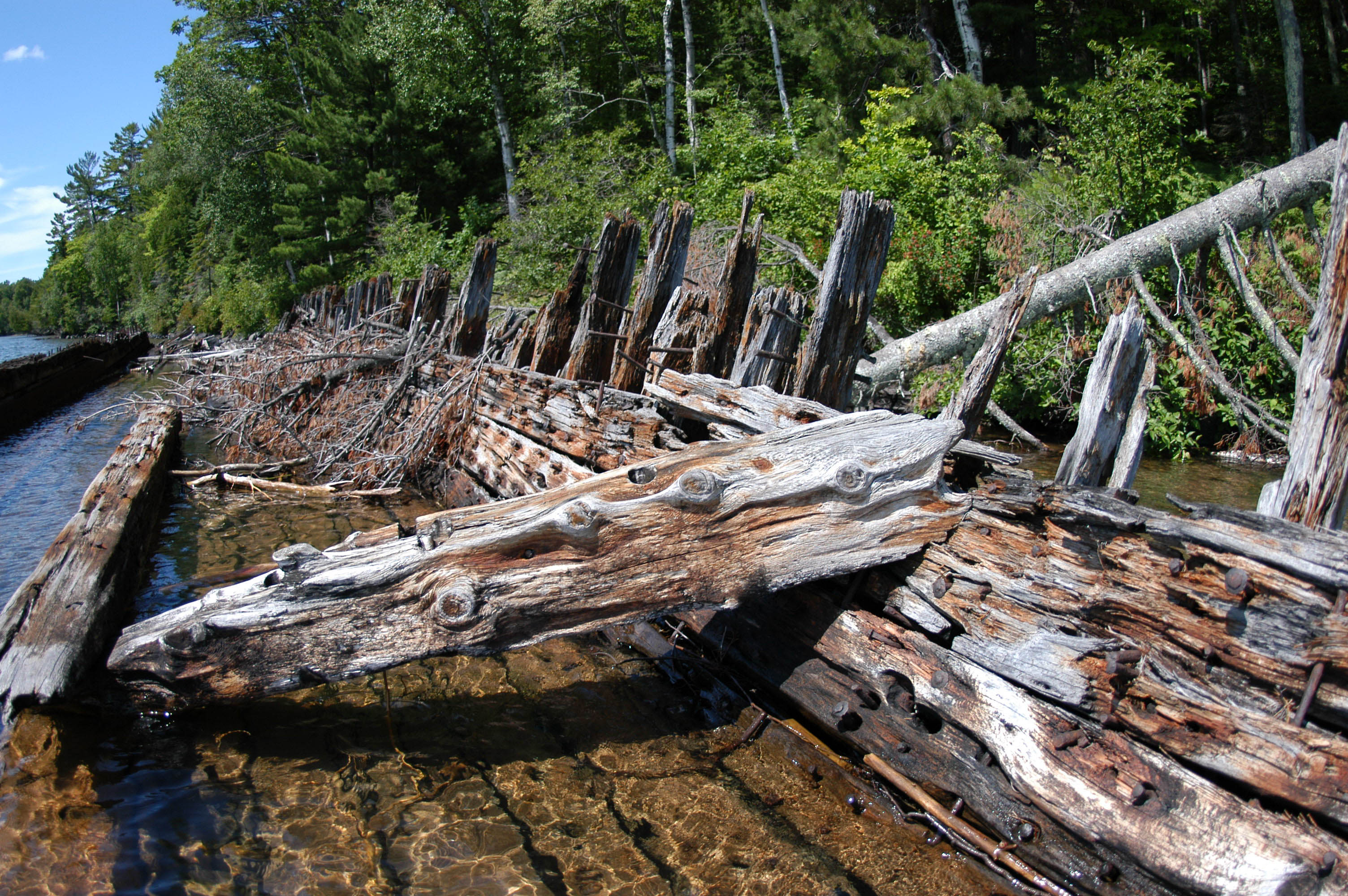
On the Wreck of the H.D. Coffinberry
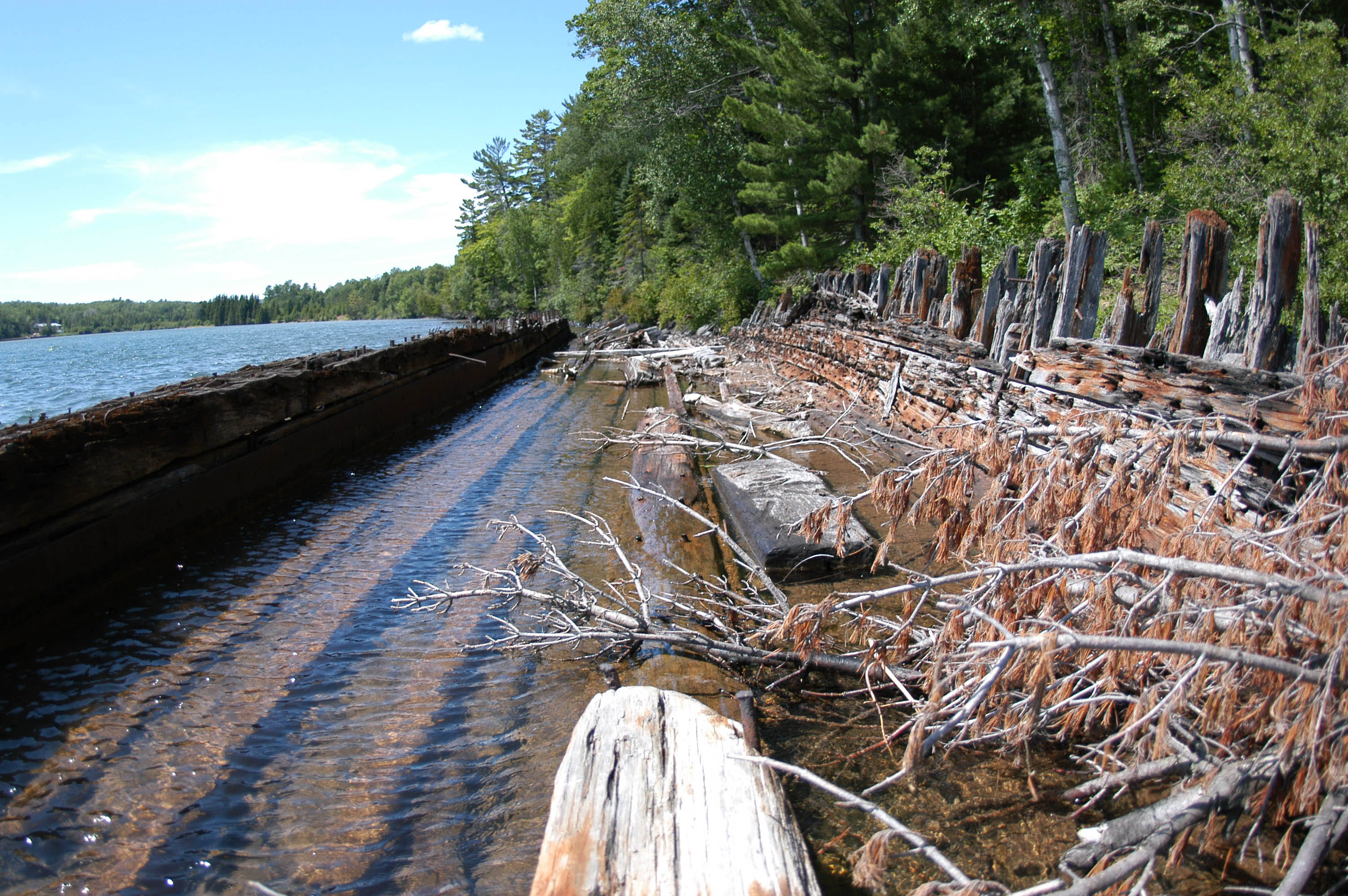
Another view of the Wreck of the H.D. Coffinberry.
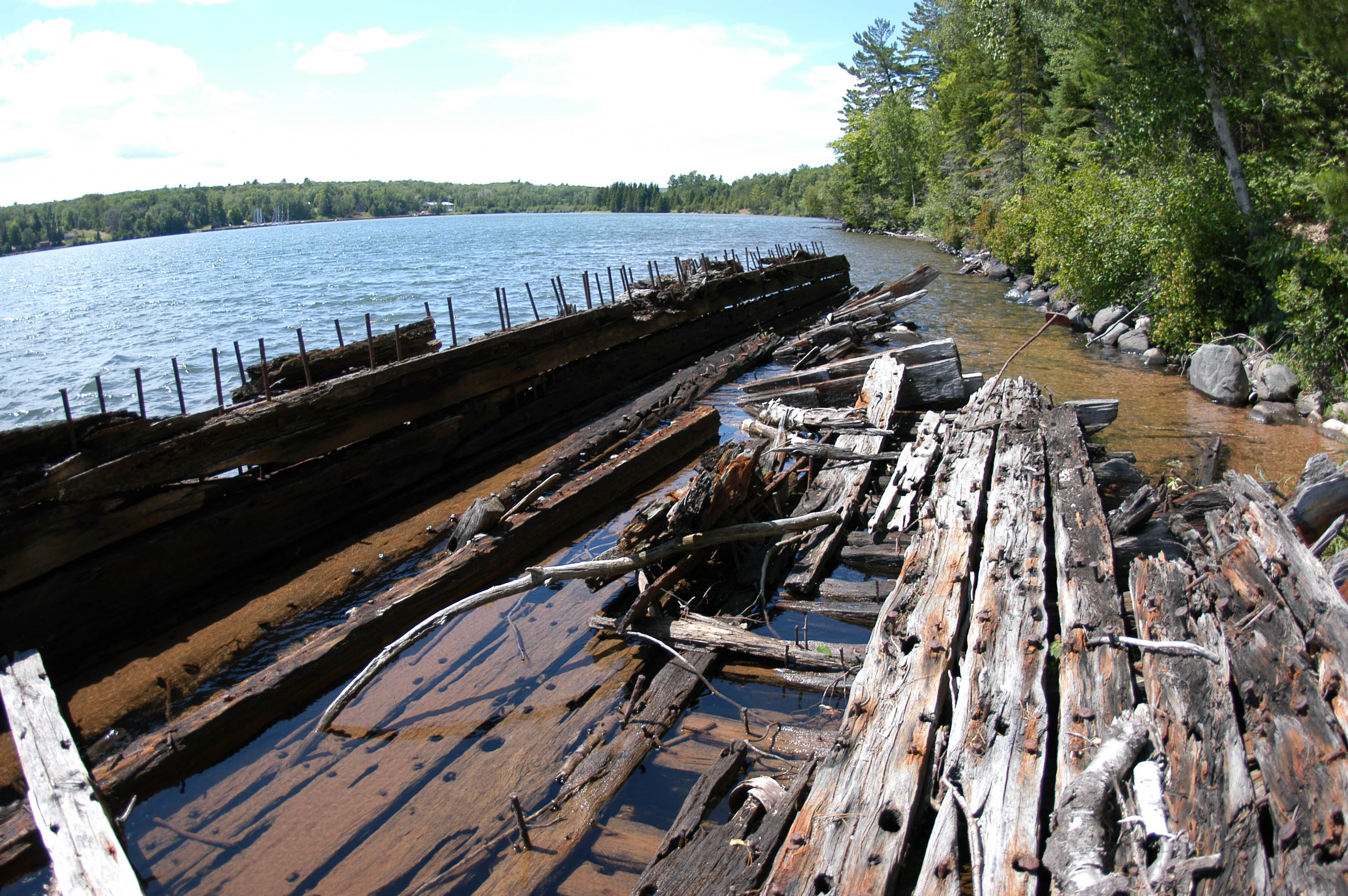
View of the Keel.
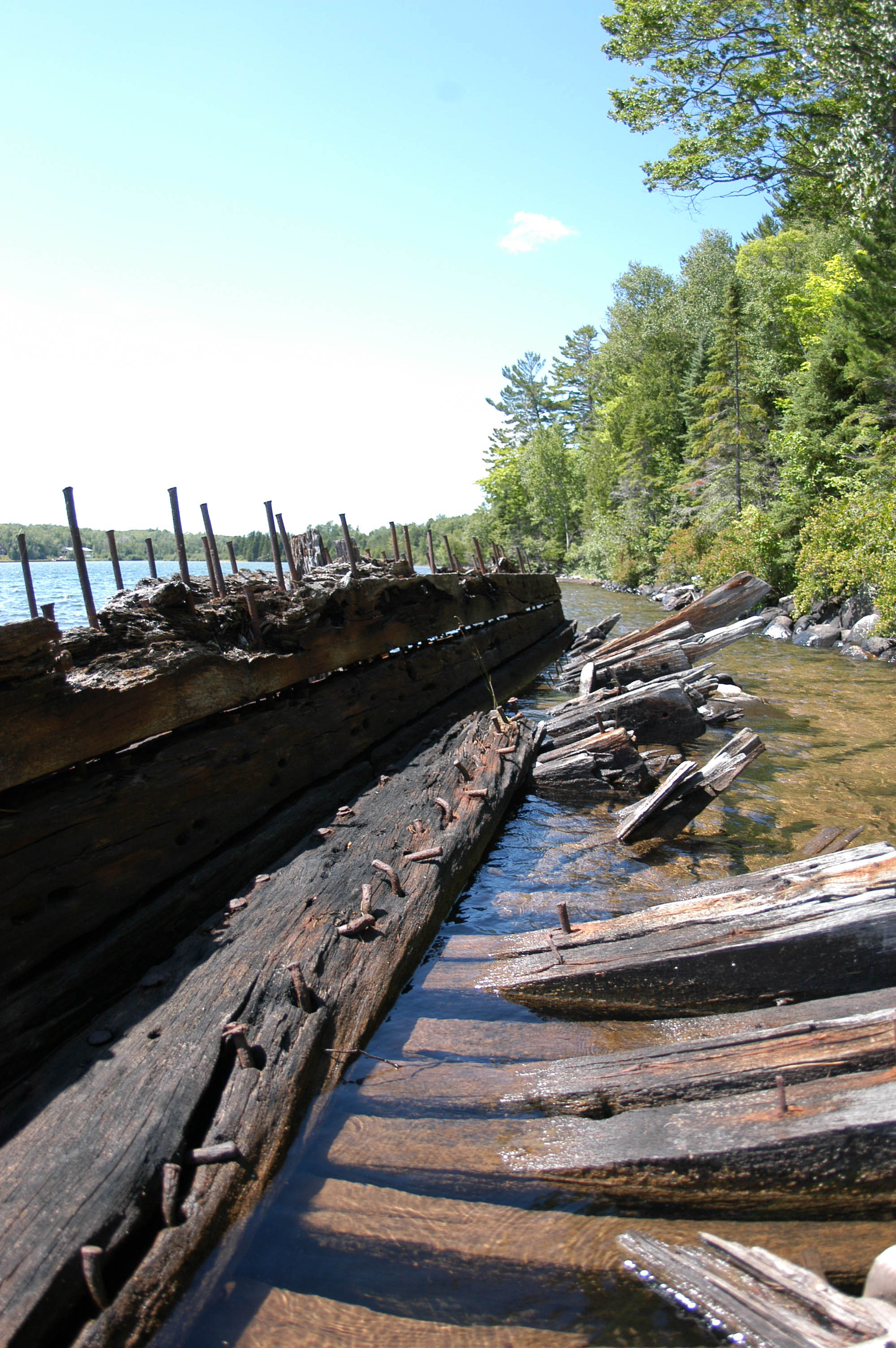
Frames and Centerboard
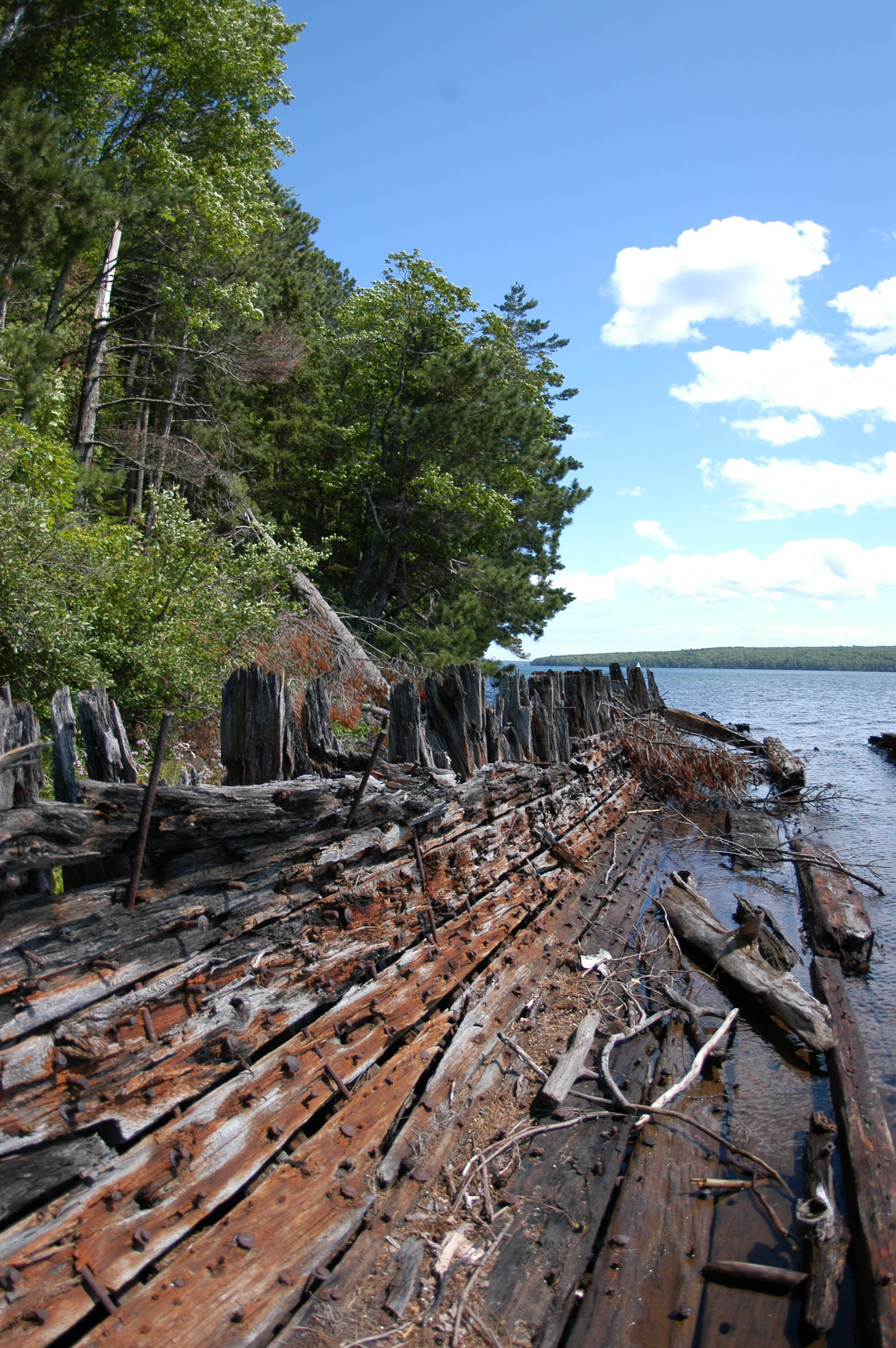
Another View of the Frames and Ceiling Planking.
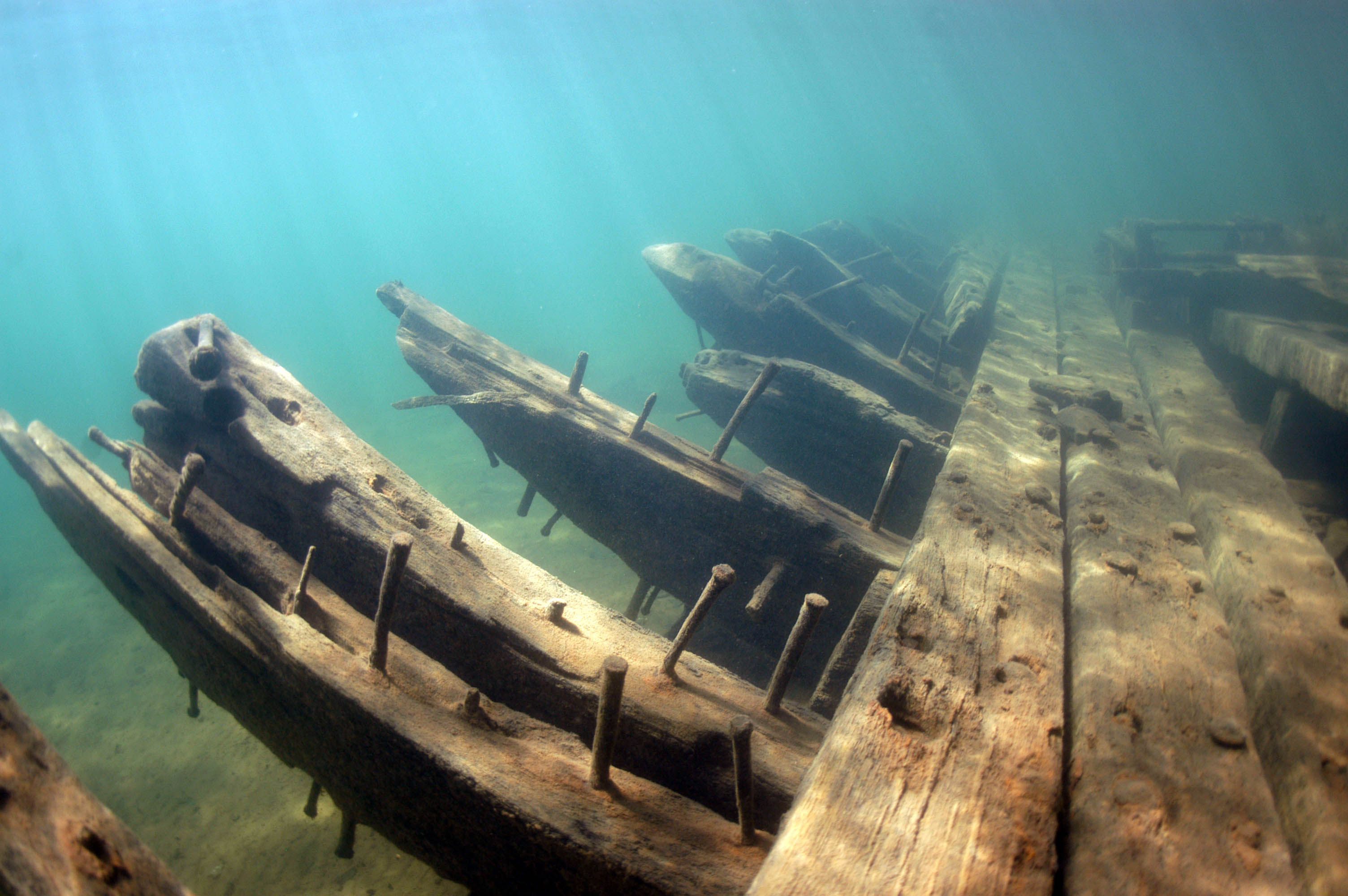
Underwater Portions of the Wreck, Including Frames and Ceiling Planking
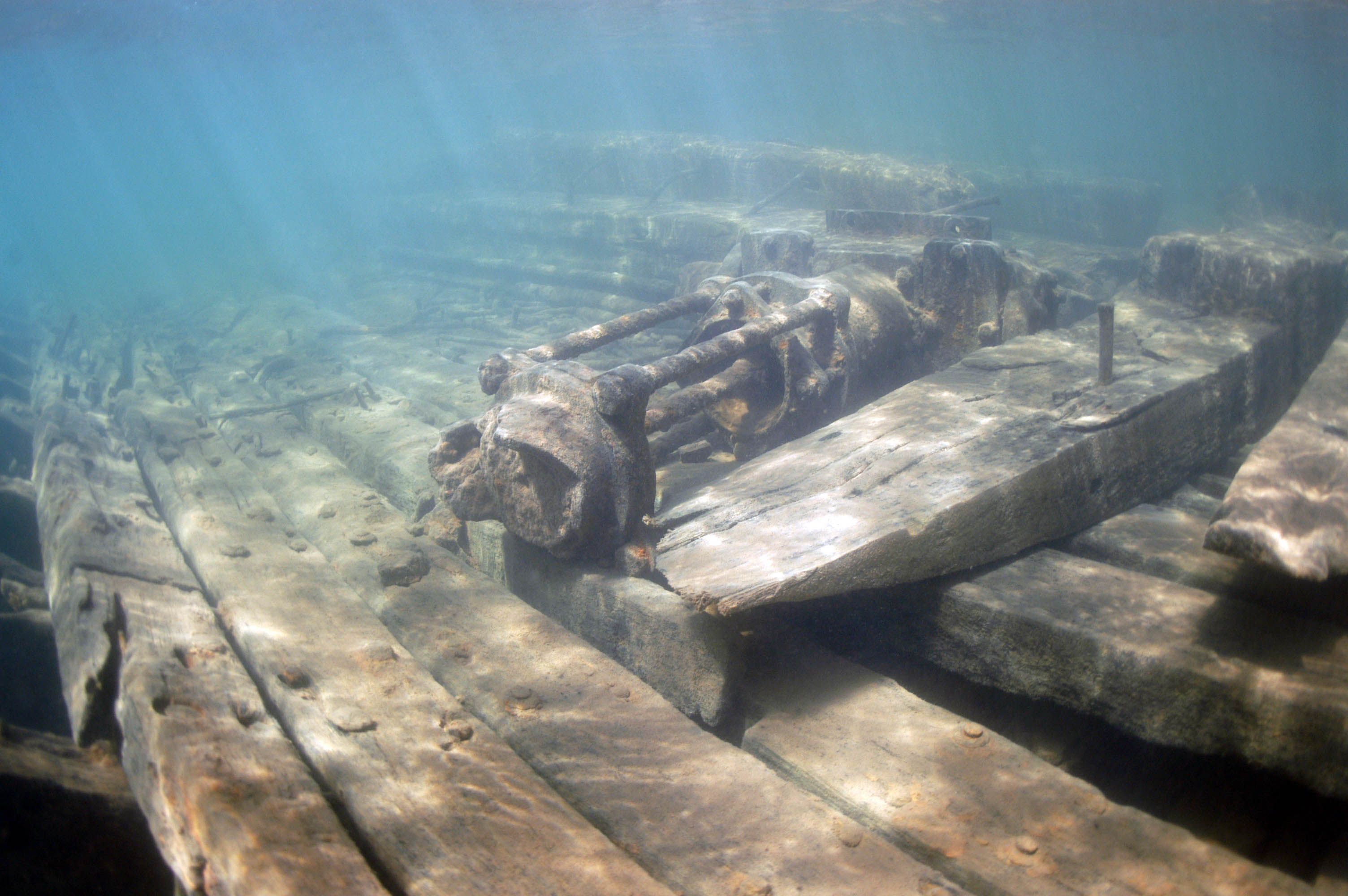
Machinery Aboard the Wreck.

 Confirmed Location
Confirmed Location
 Unconfirmed location
Unconfirmed location